The importance of multilingualism on the web can’t be overstated. As businesses aim to reach wider audiences across the globe, having a website that speaks the language of your visitors isn’t just nice-to-have anymore—it’s a necessity.
For that reason we’ve created this guide to walk you through the process of creating your own multilingual website, step-by-step.
We’ll delve into why you’d want to invest in a multilingual website, all the way through to launching and maintaining it.
1. Planning Your Multilingual Website
Before you roll up your sleeves and start building a multilingual website, there’s some serious planning to do. Much like setting out on a cross-country trip, you need to map your route before you hit the road.
First, you need to identify the languages that resonate with your target audience.
Think about the geographic locations of your prospective customers. Are they mainly from Spanish-speaking countries? Or do you get a lot of traffic from France or Germany?
Understanding your audience demographics can guide your decision on which languages to include.
The second aspect of your planning should be the scope of translation required. Are you going to translate every single piece of content on your website, or just the main pages?
While the former ensures a consistent experience, it might be more time-consuming and expensive. On the other hand, translating only key pages could be a cost-effective solution but might leave some users feeling lost in translation.
Think this through carefully before making a decision.
Take the case of Airbnb, the global online marketplace for vacation rentals. They started by identifying key markets for expansion, choosing languages to suit those markets, and translated their entire site to offer a seamless experience to their global users.
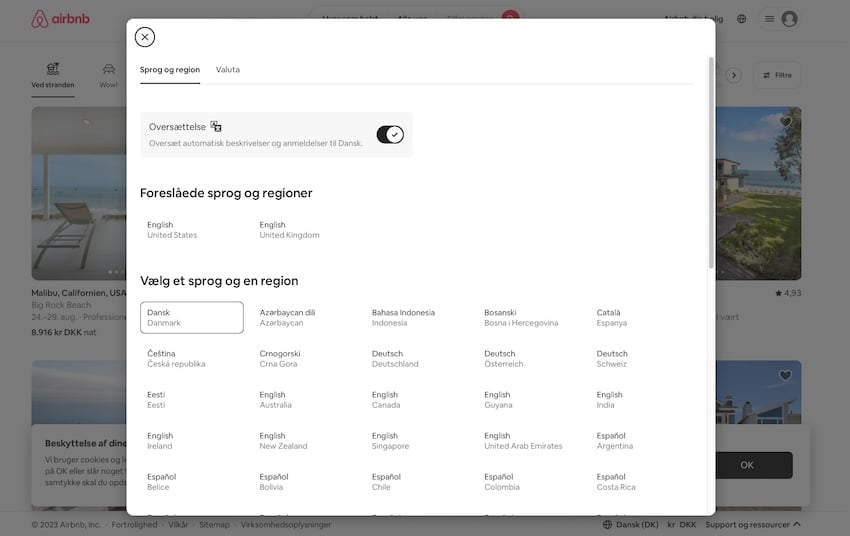
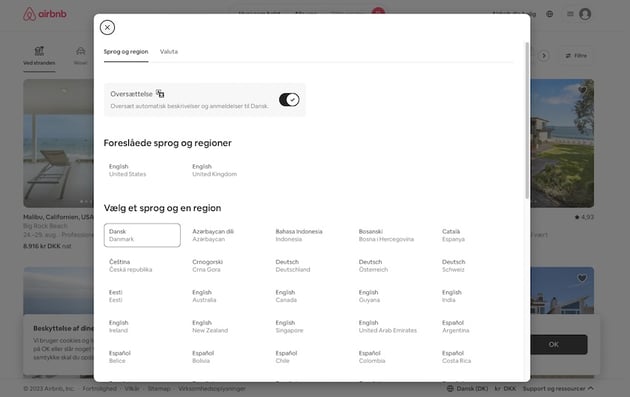
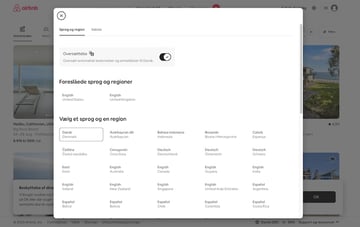
You can even opt to have reviews and descriptions automatically translated, which is a nice touch.
Now that you’ve got a plan, it’s time to assemble a toolkit of sorts.
First up, let’s talk about website platforms. There are plenty of options out there, but the big ones that support multilingual functionality include:
- WordPress: This is a highly popular, easy-to-use platform that offers a multitude of plugins to help you create a multilingual website.
- Joomla: While not as straightforward as WordPress, Joomla has built-in multilingual support, which is a big plus.
- Drupal: Drupal is a bit more complex, but its robust multilingual features make it worth considering.
While picking the right platform is crucial, what’s going to make your multilingual website project much simpler is the use of multilingual plugins.
And since we’ll be using WordPress for our example here on out, here are some favorites:
- WPML: WPML stands out for its ease of use, extensive language support, and compatibility with most WordPress themes and plugins.
- Polylang: Polylang is a great option for smaller budgets. It’s simple to set up and offers a range of features, although it lacks some of the advanced capabilities of WPML.
- TranslatePress: If you’re looking for real-time translation with a front-end editor, TranslatePress is solid. It’s intuitive and user-friendly, too.
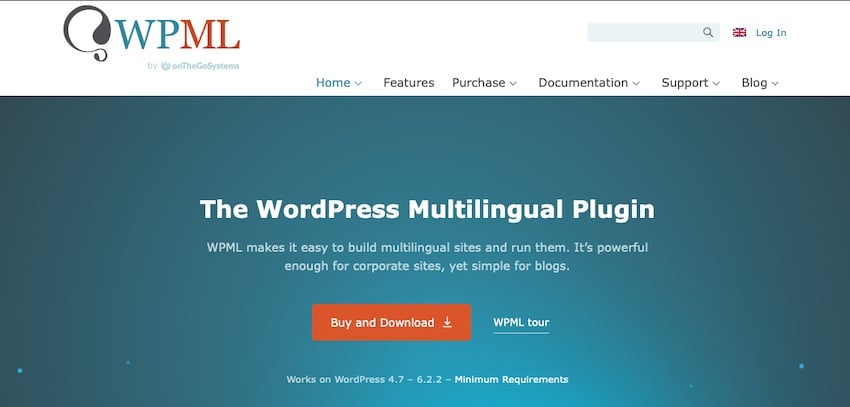
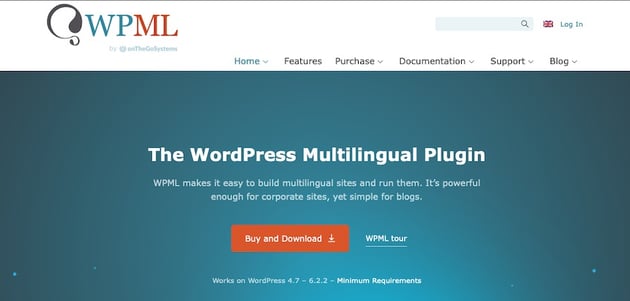
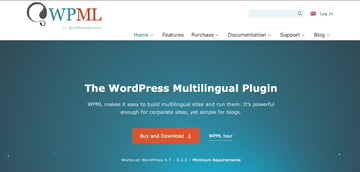
With your tools selecting, you’ll need to actually build your site. However, that’s out of the scope of this article. The following tutorials should help you get up to speed about how to launch a WordPress site:
3. Creating Content for Your Multilingual Website
Translation is an art that requires a nuanced understanding of the source and target languages, cultural contexts, and even the subtlest connotations. It’s all about conveying the same meaning and maintaining the same tone and style across languages.
So, how can you go about translating your website effectively? You have two options:
- Professional Translation Services: These are your go-to experts who know the ins and outs of a language. They ensure high-quality, culturally sensitive, and contextually accurate translations. The downside? Professional services can be quite expensive.
- Automated Translation Tools: Think Google Translate or DeepL. These AI-powered tools are quick and cost-effective, but they often lack the human touch. They might miss nuances, leading to less accurate or even awkward translations.
There are also hybrid approaches, like using an automated tool for the initial translation and then having a human translator edit and proofread it.
One example of excellent translation is the website of The North Face. This outdoor apparel company is present in multiple countries and offers its entire website in 18 languages, from German to Japanese:
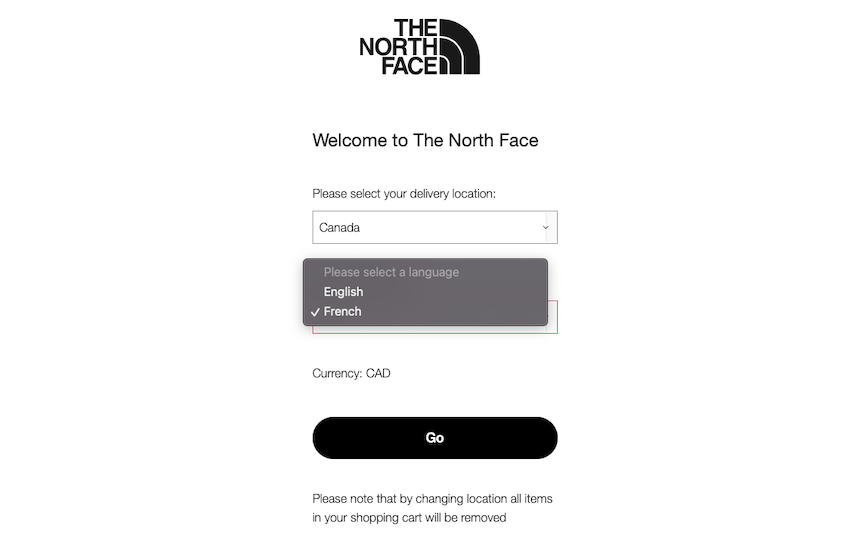
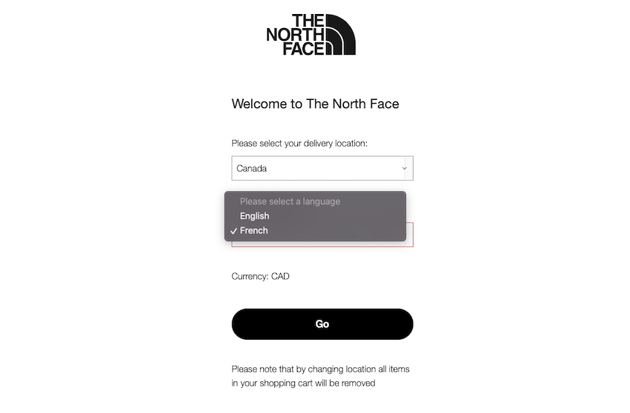
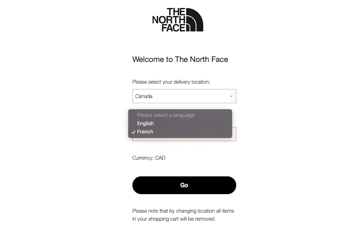
Here is what it looks like translated into Dutch:
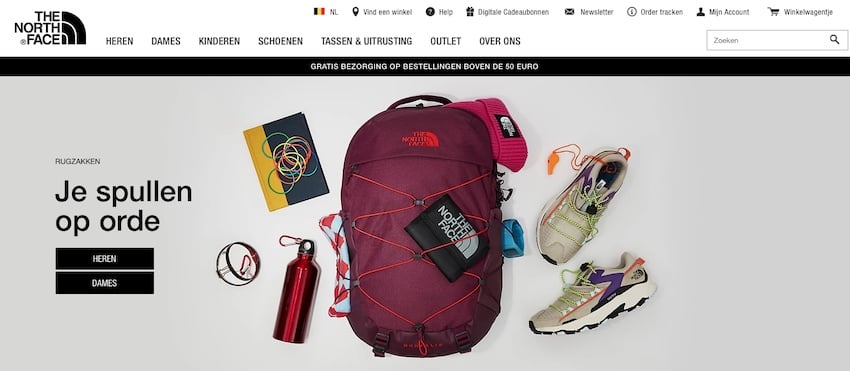
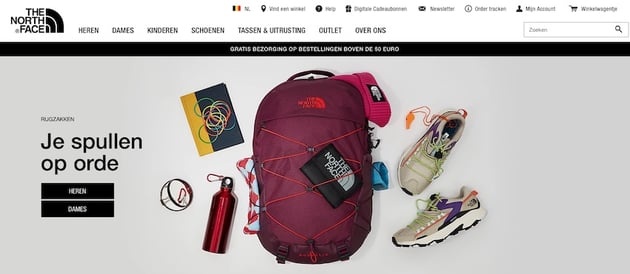

The website content feels natural in each language, with consistent tone and style throughout. It’s clear that each translation was done with care and attention to detail.
4. Localizing Your Content
Here’s the thing: creating a multilingual website isn’t just about translating words — it’s about translating experiences. And that’s why localization is such an important factor.
“Internationalization (i18n) is the process of designing [..] products that can be adapted to different languages and cultures, while localization (l10n) is the process of adapting a product or content for a specific locale or market. ” — Ilya Krukowski
As Ilya says, localization is the process of adapting your content to a specific locale or market. It goes beyond language, considering elements like cultural nuances, local customs, measurement units, date formats, and even the direction of text.
It’s about making your website feel native to users from different cultural backgrounds.
So, how can you effectively localize your website? Here are a couple of practical tips:
- Consider Cultural Nuances: Colors, symbols, images. All of these can carry different meanings in different cultures. Make sure nothing on your site is potentially offensive or misleading to your international users.
- Adapt to Local Customs: Localize your content based on local holidays, traditions, and customs. This will make your audience feel valued and understood.
Take McDonald’s as an example. They not only translate their website into various languages but also localize their menu for different countries.
You’ll find a McFalafel in Egypt, a McRice in Indonesia, and a McVegan in Finland. This localized approach helps them connect on a deeper level with their global customers.



The Airbnb example from earlier applies here as well. When expanding into China, the company localized its website experience to accept Weibo and WeChat login credentials, as that’s the norm in that region.
5. Optimizing Your Multilingual Website for SEO
Creating a multilingual website is only half of the battle. The other half is making sure it gets seen by the right people.
That’s where Search Engine Optimization (SEO) comes in to save the day. It’s just as important for international websites as it is for any other.
To make sure your multilingual website is properly indexed by search engines, you’ll need to follow certain best practices:
- Add hreflang Tags: These are HTML attributes that serve as an indicator of language and regional targeting. They help Google understand which version of a page should be shown in which region.
- Translate Pages and Meta Tags: Make sure all page titles, descriptions, keywords, and other relevant elements are translated.
- Use Local Domain Extensions: In addition to a generic top-level domain (.com), you can create website versions with local TLDs like .de for Germany or .fr for France.
These tips will help search engines properly identify your website’s language and target market.
Take a cue from ASOS, the global fashion giant.



They’ve implemented hreflang tags, localized URLs, and translated meta tags to ensure their website ranks well in different countries, reaching their global audience effectively.
6. Testing and Launching Your Multilingual Website
Before you launch your website, you still need to carry out one important task: testing.
Testing ensures that your website offers a seamless user experience in every language.
Here are a few things you should check for:
- Fix Missing Translations: Ensure that every bit of content has been translated (if that’s the approach you’re taking).
- Adjust for Layout Issues: Texts in different languages can vary in length, which might mess with your design. Make sure your layout looks good in every language.
- Navigation and Functionality: Test all buttons, links, and functions to ensure they work correctly in all languages.
After testing (and fixing any issues that might come up), it’s time to finally hit that launch button.
7. Maintaining and Updating Your Multilingual Website
Congrats on launching your multilingual website! You’ve now unlocked the ability to connect with customers from all corners of the world.
But don’t kick back and relax just yet – a multilingual website requires ongoing maintenance and updates to ensure a smooth user experience.
Keeping your website updated means more than just adding new content. You have to translate and localize these updates in all your supported languages.
Here’s what should be on your maintenance/update to-do list:
- Updating Translations: When you add new content or update existing one, you’ll need to translate it into all supported languages. This can be a time-consuming task, but remember, consistency across languages is key to your multilingual strategy.
- Adding New Languages: As your business grows, you might want to tap into new markets. This means adding new languages to your website. This involves not just translation, but also localization and SEO optimization for the new language.
It may seem like a lot of work, but don’t worry, there are ways to make it efficient and manageable. For example, using a staging site for testing new content and updates can save you a world of headaches. A staging site is a clone of your live website, allowing you to test updates without affecting your live site.
Take a page out of IKEA’s playbook, who maintain their website in over 30 languages.

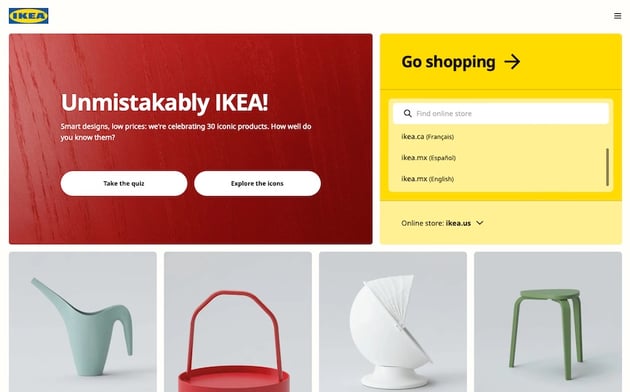
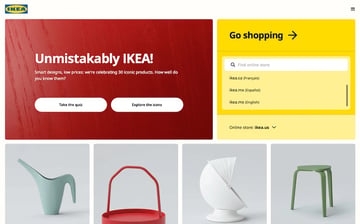
They consistently update their content across all languages, ensuring a consistent experience for customers worldwide.
Creating a Multilingual Website Goes Beyond the Process to Translate a Website
Creating a multilingual website is no small task. It requires careful planning, thoughtful execution, and ongoing maintenance to ensure your content reaches the right people in the language they best understand.
But if done correctly, it can open up new opportunities and help you build relationships with customers from around the world. So, go ahead and start building that bridge between cultures and languages.
Good luck!